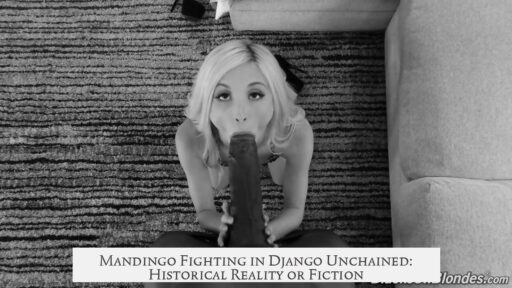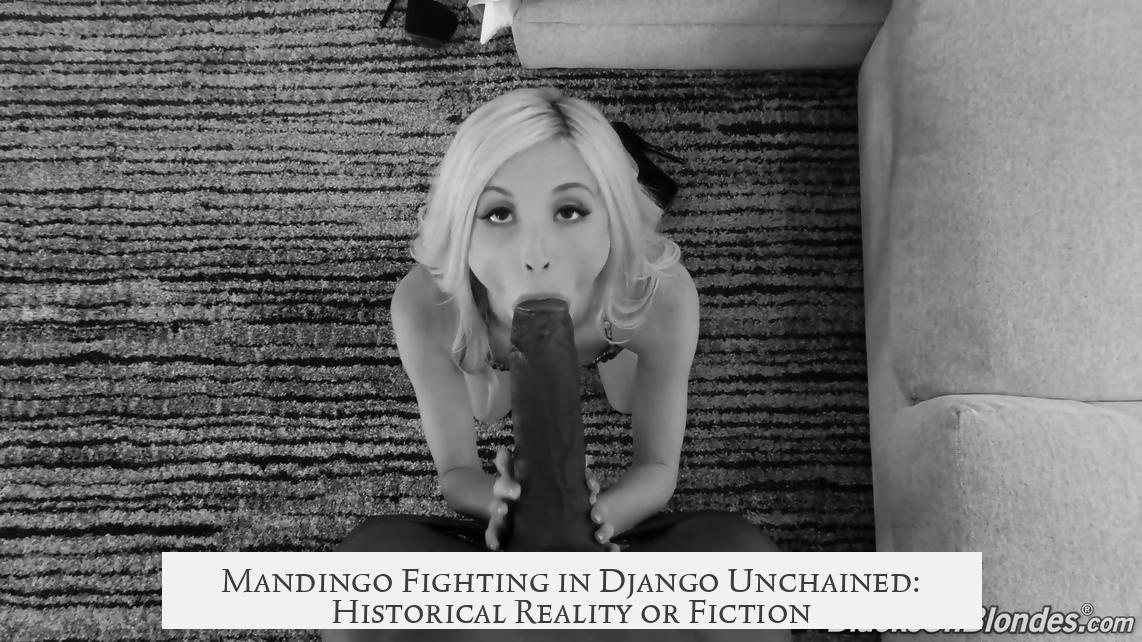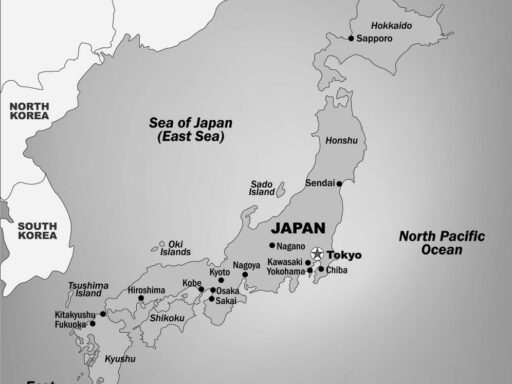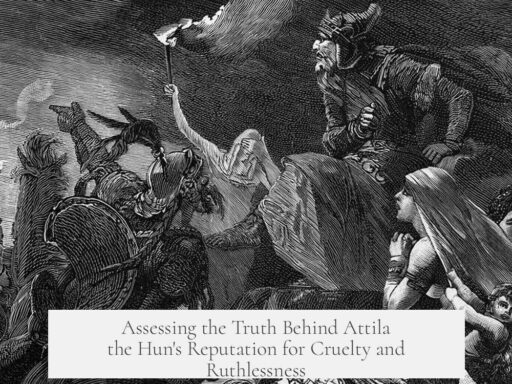The slave fighting, often called “Mandingo fighting,” depicted in Django Unchained did have some basis in historical reality, but it was not widespread or legal. Some slave owners occasionally forced enslaved men to fight for their amusement or to place bets, but these fights were generally illegal and economically unwise.
Historical slave fighting was rare and typically occurred in secret or under informal arrangements. The practice was outlawed, and owners risked losing valuable property by allowing slaves to injure or kill each other. Enslaved people were considered economic assets, so physically damaging them in fights rarely made sense from a financial perspective.
Several firsthand accounts from former slaves confirm that occasional arranged fights took place on plantations for entertainment. One described gatherings where slaves were matched by size and forced into brutal contests. Another recalled a strong man named Fedd who fought other slaves, winning bets made by plantation whites. These fights occurred at night, with no weapons allowed except natural fighting tools like hands and teeth. Spectators formed a circle around the ring, cheering as the brutal matches unfolded.
Despite occasional occurrences, these slave fights were not a common or systematic practice across all plantations. They seem to have happened in specific, harsh environments where slaveholders were especially cruel or indifferent to losses. The film Django Unchained features the Candyland plantation as an extremely brutal, almost grotesquely violent place—likely a deliberate exaggeration to highlight this cruelty rather than a depiction of a typical plantation.
Slave owners’ treatment of enslaved people often lacked economic logic. Multiple accounts describe horrific punishments causing severe injury or death without regard for the slave’s value as labor. For example:
- A master broke an old woman’s skull and forced her to jail, then worsened her injuries by forcing water into her skull.
- A slave woman recently given birth was beaten to death by her master after being accused of laziness.
- A punishment device involved a barrel with nails rolled down hills or into rivers, inflicting severe injury or death.
These episodes show owners sometimes prioritized domination and cruelty over economic sense. Such a mindset could explain why some tolerated slave fighting despite likely losses.
The “Mandingo” fighting trope owes much to popular fiction, especially the 1958 novel “Mandingo” by Kyle Onstott and its sequels. These books featured graphic depictions of enslaved men forced to fight to the death, contributing to the term’s modern cultural association. Before this literature became popular, the trope was not commonly referenced. Thus, the image of regular, organized “Mandingo” style fights owes more to mid-20th century fiction than documented antebellum practice.
In summary, historical slave fighting:
- Occasionally happened on some plantations but was illegal and rare.
- Was brutal, often held in secret, and without weapons.
- Occurred mostly for white spectators’ entertainment and gambling.
- Was economically unwise and thus uncommon.
- Existed amidst a context of extreme cruelty and disregard for enslaved people’s lives.
- Was popularized and sensationalized through 20th-century fiction, especially the “Mandingo” novel series.
The depiction in Django Unchained captures a dark, brutal reality but amplifies it for dramatic effect. The film’s Candyland plantation is an extreme example rather than a typical case.
| Aspect | Historical Reality | Django Unchained Depiction |
|---|---|---|
| Legality of Slave Fighting | Illegal, rare practice | Shown as undisputed and organized |
| Prevalence | Occasional, location-specific | Central, ongoing feature at Candyland |
| Purpose | Entertainment and betting | Entertainment with strong emphasis on violence |
| Economic Consideration | Usually avoided due to potential loss of labor | Ignored for drama and thematic reasons |
| Influence | Historical accounts and folklore | Influenced heavily by 1950s “Mandingo” novel |
The historical evidence suggests slave fighting was a horrific but isolated phenomenon. Modern portrayals draw on this history but often expand or sensationalize the practice to illustrate cruelty and oppression vividly.
- Slave fighting existed but was not widespread or legal.
- Accounts from former slaves confirm occasional fights arranged for white amusement.
- Economic logic rarely supported such brutal contests.
- Extreme slaveholder abuse sometimes led to violent acts beyond economic rationale.
- Mid-20th century fiction shaped the popular image of “Mandingo fighting.”
- Django Unchained uses the trope in an exaggerated form within a harsh, violent setting.




